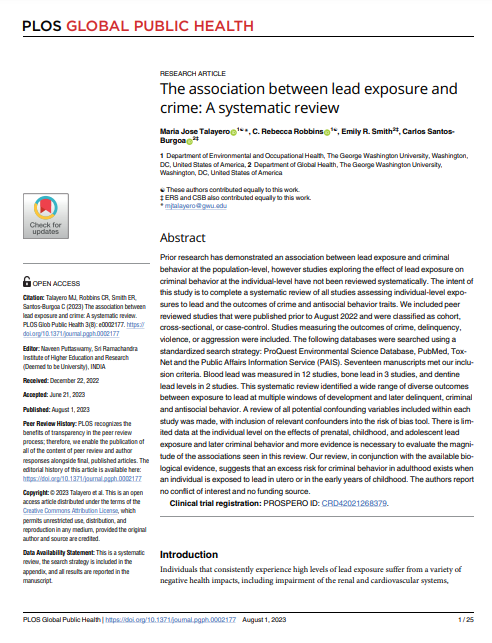By Lucy Lang, Inspector General
In the late morning of May 22, 2020, then New York State Police Trooper Dane Pfeiffer received a call from one of his supervisors in the Protective Services Unit, or PSU, the unit responsible for protecting the governor and his family, ordering him to report immediately to a State Police satellite office in Albany. A short time later, Pfeiffer was contacted again by the same supervisor and told to instead report to State Police Division Headquarters. No reason was given for the order, but the Trooper thought he knew why—he was involved in a romantic relationship with one of the daughters of the then governor, Andrew Cuomo, and she had told her father the day before. His suspicion was correct. Earlier that day, the then secretary to the governor had telephoned the commander of PSU and advised him of the relationship, setting off a fast-moving chain of events that culminated with a compelled interview of Pfeiffer by the commanding officer of PSU and a veteran investigator from the State Police’s Professional Standards Bureau, or PSB. Following this interview, in which Pfeiffer acknowledged the approximately two-month-long relationship, a decision was made by the first deputy superintendent of the State Police, Kevin Bruen4, who bore ultimate responsibility for internal discipline, that while he would not face formal disciplinary proceedings, Pfeiffer could no longer serve on the governor’s protective detail as a member of PSU and would need to put in for a transfer to another command. At the same time, however, Bruen decided that one of Pfeiffer’s supervisors, who also sat for a compelled interview and admitted being aware of the relationship between Pfeiffer and the governor’s daughter but doing nothing, should be subject to discipline for that conduct. Within days, Pfeiffer applied for a transfer to a Troop more than two-and-a-half hours from Albany and his home and was transferred forthwith. His supervisor, who he had told about the relationship several weeks earlier, elected to retire. In the nearly eighteen months that followed, no personnel complaint number was assigned to the matter, the audio files of the two compelled statements were not properly maintained, reports documenting the investigative steps taken in response to the complaint were not completed, nothing was entered into the PSB record management system, and the Inspector General was not notified. In fact, it is possible that the details of this matter would not have come to light but for a December 6, 2021, request by the Police Benevolent Association of the New York State Troopers (NYSP Troopers PBA)5 on behalf of (then recently promoted) Sergeant Pfeiffer, for a copy of his May 22, 2020, compelled statement, as he was entitled to under the terms of the collective bargaining agreement.6 When informed by the State Police that neither a record nor recording could be found, a grievance was filed, and the Offices of the Inspector General commenced an investigation. While the audio recording of the statement was ultimately located the next day in the State Police email account of one of the interviewers and provided to Pfeiffer and the Inspector General, the myriad procedural flaws in the investigation soon became readily apparent. While the circumstances of the compelled statements taken from Pfeiffer and his supervisor proved fair—the expedited timing was justified by the circumstances, the questions were appropriate and narrowly tailored, and legal representation in the form of the deputy general counsel to the NYS Troopers PBA was coordinated on their behalf—the State Police otherwise did not follow its own procedures, or Executive Law 4-A, in conducting the investigation. These failings prevented a full and fair review of the investigation, which, while problematic in any circumstance, is of even graver concern here, where the facts call into serious question the decision not to formally discipline Pfeiffer for his conduct, particularly when a simultaneous decision was made to discipline his supervisor for failing to take action upon learning of that same conduct. In the months following the resignation of Governor Cuomo, Bruen, now State Police Superintendent, began to institute changes to improve PSU’s organizational structure, enhance its policies, and create greater oversight of its operations, however, these changes fail to fully address the deficiencies noted in this investigation. Therefore, in addition to formalizing regulations to prohibit relationships between PSU members and protectees, the Inspector General
also advises the State Police to formally implement several outstanding recommendations from an August 2020 report by this office on the State Police Drug Enforcement Task Force. That report, which emphasized the need for the State Police to have a disciplinary process in which the public can have confidence, recommended changes to ensure greater accountability, including a checklist for disciplinary decisions to heighten consistency, a requirement that State Police counsel be involved from the outset of disciplinary proceedings, and, as required by law, contemporaneous reporting of the most serious disciplinary allegations to the Inspector General.
etc.
Albany: State of New York Offices of the Inspector General, 2022. 33p.





















